
How to Use MAX471: Examples, Pinouts, and Specs
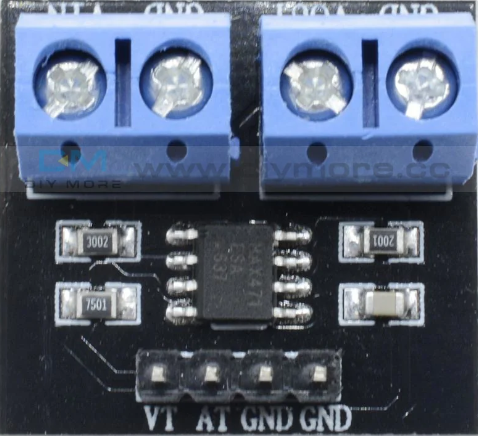
 Design with MAX471 in Cirkit Designer
Design with MAX471 in Cirkit DesignerIntroduction
The MAX471 is a high-side current-sense amplifier designed to provide a ground-referenced output voltage proportional to the load current. This component is widely used in current monitoring and battery management applications due to its precision and ease of integration. The MAX471 can measure currents in the range of 0 to 3A, making it suitable for a variety of electronic projects and systems.
Explore Projects Built with MAX471
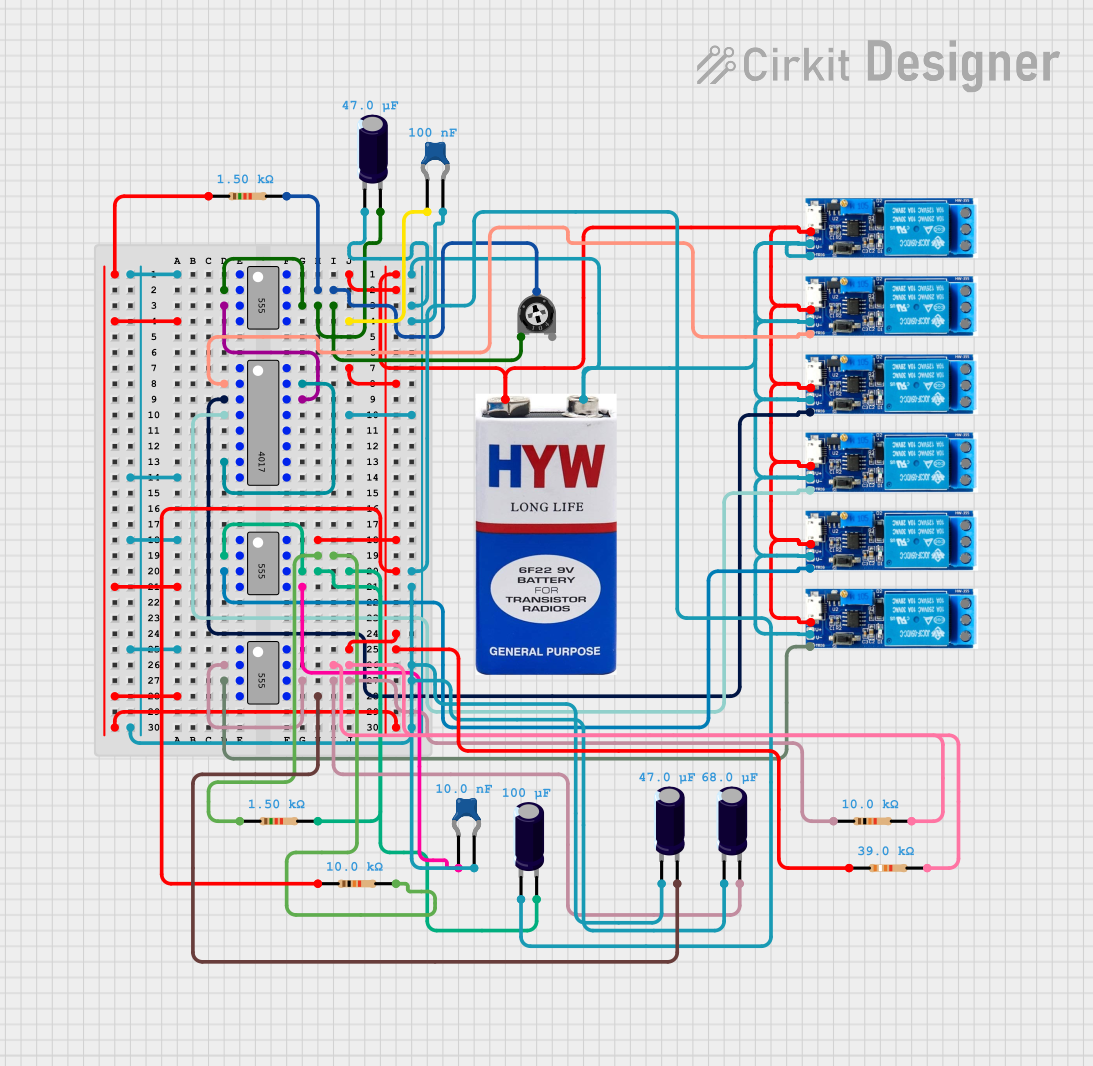
 Open Project in Cirkit Designer
Open Project in Cirkit Designer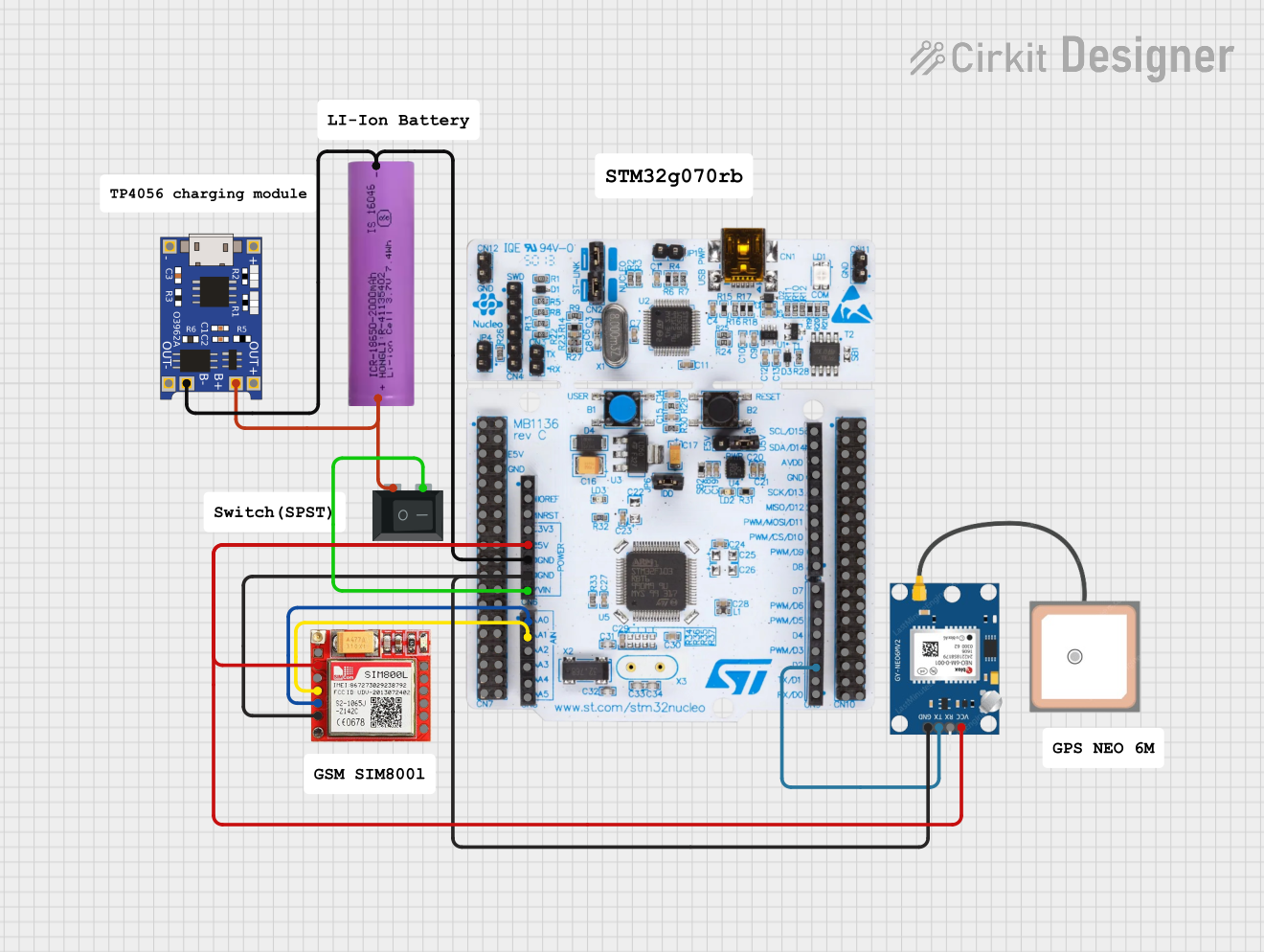
 Open Project in Cirkit Designer
Open Project in Cirkit Designer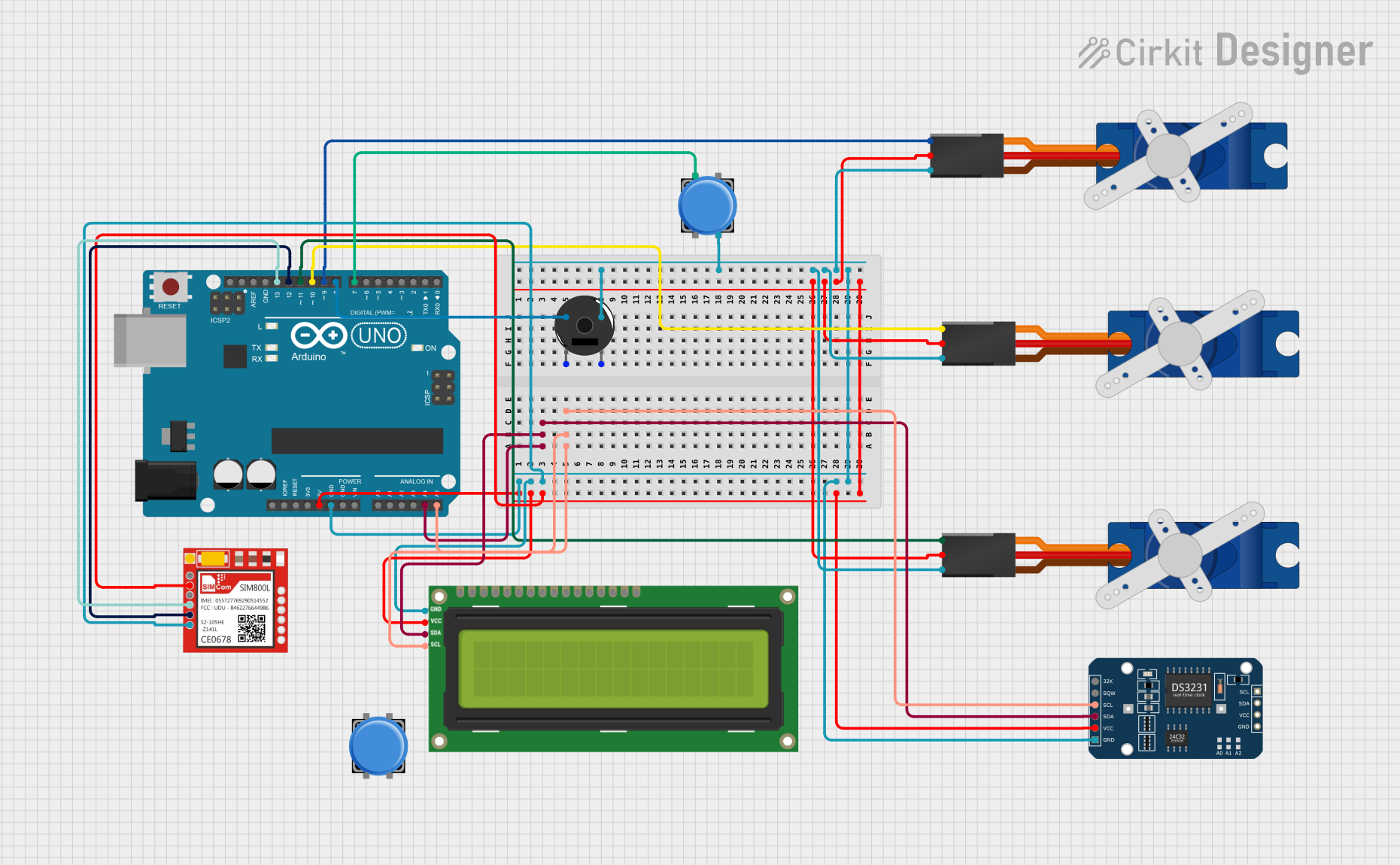
 Open Project in Cirkit Designer
Open Project in Cirkit Designer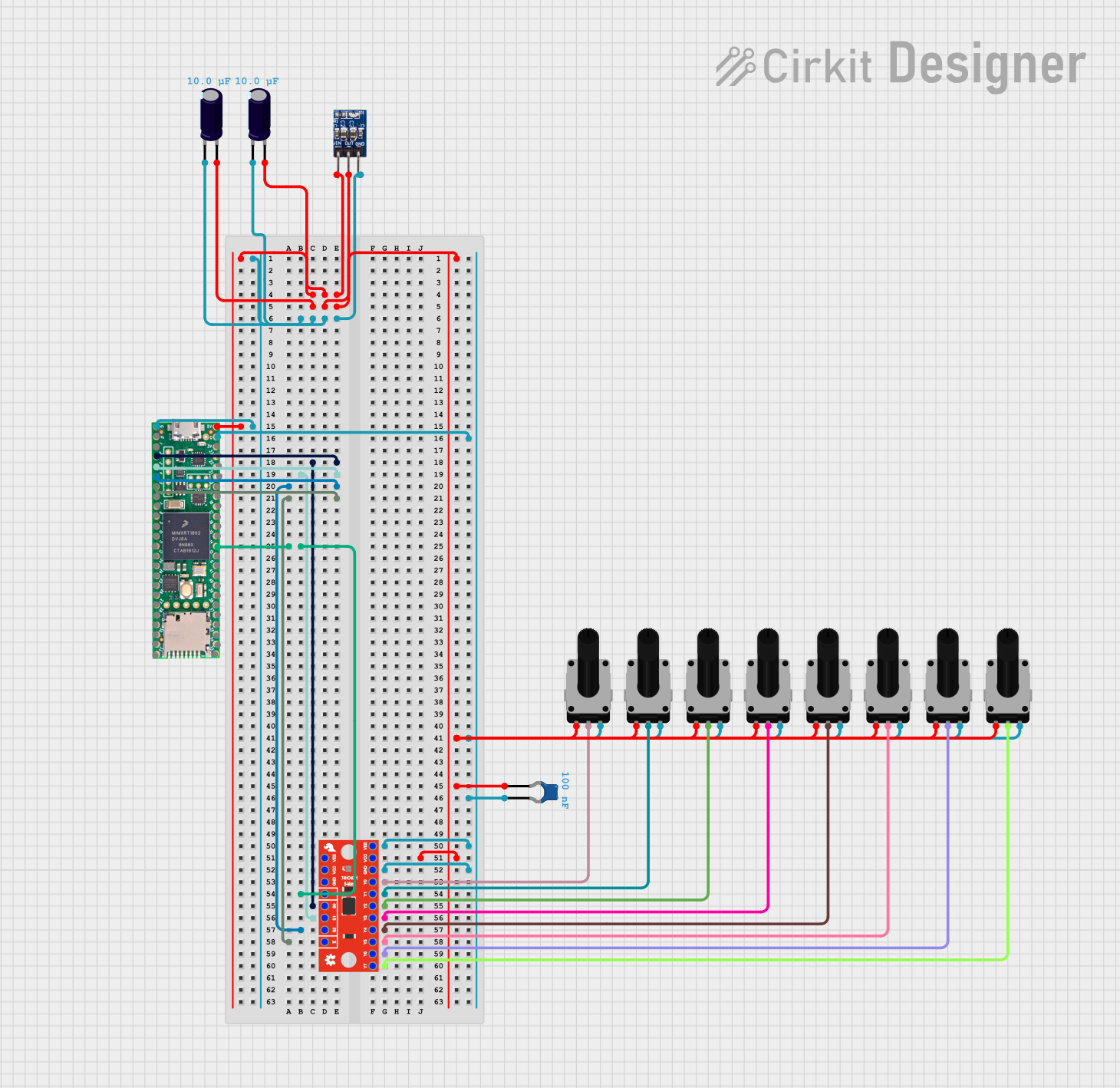
 Open Project in Cirkit Designer
Open Project in Cirkit DesignerExplore Projects Built with MAX471

 Open Project in Cirkit Designer
Open Project in Cirkit Designer
 Open Project in Cirkit Designer
Open Project in Cirkit Designer
 Open Project in Cirkit Designer
Open Project in Cirkit Designer
 Open Project in Cirkit Designer
Open Project in Cirkit DesignerTechnical Specifications
Key Technical Details
| Parameter | Value |
|---|---|
| Supply Voltage | 3V to 36V |
| Output Voltage Range | 0V to 5V |
| Current Range | 0A to 3A |
| Gain | 1V/A |
| Operating Temperature | -40°C to +85°C |
| Package | 8-Pin SOIC |
Pin Configuration and Descriptions
| Pin Number | Pin Name | Description |
|---|---|---|
| 1 | V+ | Positive supply voltage (3V to 36V) |
| 2 | OUT | Output voltage proportional to the load current |
| 3 | GND | Ground |
| 4 | RS+ | Positive input for current sense resistor |
| 5 | RS- | Negative input for current sense resistor |
| 6 | NC | No connection |
| 7 | NC | No connection |
| 8 | V- | Negative supply voltage (typically ground) |
Usage Instructions
How to Use the MAX471 in a Circuit
- Power Supply: Connect the V+ pin to a positive supply voltage (3V to 36V) and the V- pin to ground.
- Current Sensing: Connect the RS+ and RS- pins across a current sense resistor placed in the high-side of the load circuit.
- Output: The OUT pin provides a voltage proportional to the load current. This output can be read by an ADC (Analog-to-Digital Converter) or a microcontroller.
Important Considerations and Best Practices
- Current Sense Resistor: Choose a low-value, high-precision resistor to minimize power loss and ensure accurate current measurement.
- Filtering: Add a capacitor between the OUT pin and ground to filter out noise and stabilize the output voltage.
- Thermal Management: Ensure proper thermal management, especially in high-current applications, to prevent overheating.
- PCB Layout: Keep the traces between the current sense resistor and the MAX471 as short as possible to reduce noise and resistance.
Example Circuit with Arduino UNO
/*
Example code to read current using MAX471 with Arduino UNO.
Connect the OUT pin of MAX471 to A0 pin of Arduino.
*/
const int analogPin = A0; // Analog pin connected to OUT pin of MAX471
float voltage = 0; // Variable to store the voltage reading
float current = 0; // Variable to store the calculated current
void setup() {
Serial.begin(9600); // Initialize serial communication
}
void loop() {
voltage = analogRead(analogPin) * (5.0 / 1023.0); // Read and convert voltage
current = voltage; // Since gain is 1V/A, voltage directly gives current in A
Serial.print("Current: ");
Serial.print(current);
Serial.println(" A");
delay(1000); // Wait for 1 second before next reading
}
Troubleshooting and FAQs
Common Issues and Solutions
No Output Voltage:
- Check Connections: Ensure all connections are secure and correct.
- Power Supply: Verify that the supply voltage is within the specified range.
Inaccurate Current Measurement:
- Sense Resistor: Ensure the current sense resistor is of the correct value and precision.
- Noise: Add a capacitor between the OUT pin and ground to filter out noise.
Overheating:
- Current Rating: Ensure the current through the MAX471 does not exceed its maximum rating.
- Thermal Management: Improve cooling or reduce the load current.
FAQs
Q1: Can the MAX471 measure negative currents?
- No, the MAX471 is designed to measure positive currents only.
Q2: What is the maximum current the MAX471 can measure?
- The MAX471 can measure currents up to 3A.
Q3: Can I use the MAX471 with a 5V supply?
- Yes, the MAX471 can operate with a supply voltage as low as 3V and as high as 36V.
Q4: How do I improve the accuracy of current measurements?
- Use a high-precision, low-value current sense resistor and add a filtering capacitor to the output.
By following this documentation, users can effectively integrate the MAX471 into their projects for accurate current sensing and monitoring.